
For weeks leading up to the final Game 7 of the 2011 Stanley Cup Finals, Vancouver police and city officials asserted we had 'matured' as a city since the 1994 hockey riot. There would be no repeat of the mayhem that followed the Canucks loss in game 7 to the New York Rangers that year, the last time the team made the finals. And what a wonderful crowning achievement to top off the exhilarating success of the 2010 Winter Olympics, some speculated...
But they were wrong. Very terribly wrong. Seemingly taking a page out of the G20 protests which occurred a year ago, burning cars were a highlight of the June 15, 2011, hockey riot, including at least two police cars. And, perhaps inspired by the 2010 Heart Attack, the Hudson's Bay department store had its windows smashed (almost all of them this time), and much of its first floor contents looted (primarily womens makeup and perfumes, it was like 'Riot Grrrls Gone Wild'!). In a repeat of the Heart Attack, there was even a Province newspaper box thrown through one set of windows.
Initial reports state that over 100 arrests were made and numerous injuries occurred, including 9 injured police officers (some from projectiles). The London Drugs at Granville and W. Georgia had some $500,000 in merchandise looted. Other stores that suffered significant losses included Chapters, the Bank of Montreal, Sears, Future Shop, and a car rental agency. Estimates of damages inflicted are in the millions. Firefighters were forced to withdraw from the zone of conflict after they came under attack. Police have asserted that the rioters came to the downtown core with the sole intention of “destroying,” speculating that anarchists involved in last year's anti-Olympic protests were involved.
The mayhem started at the intersection of W. Georgia and Hamilton streets, around 7:30PM, shortly after the game ended. Here, CBC had set up large TV screens to broadcast the games. For the last few games, several thousand young people had gathered to watch the agonizing final games, which saw the Boston Bruins eventually win the coveted Stanley Cup, handing the Canucks two shutout losses as well as a devastating 8-1 defeat during the series.
Shortly after the final game ended, as some demoralized Canucks fans began departing the downtown core, thousands of mostly youth stayed to celebrate the loss. Across from the CBC, and in the parking lot of the Canada Post building, two cars were flipped over and set on fire. The crowd cheered as the flames grew and thick, black, smoke boiled up into the clear, sunny sky.
All the cops in this area had clustered together on the east side of the intersection, their backs to some crowd control fencing, numbering perhaps 20. They looked on unapprovingly at the crowd that surrounded them, but were impotent to stop the incendiary disturbance some fifty feet from their position. On the top of the Canada Post building were also some cops filming the crowd below.
At around 8PM, police in riot gear arrived, with helmets and shields ('hard hat' mode). They soon began pushing eastward on W. Georgia, forcing the crowd back. Some who refused to move were struck with batons on the legs, arms, and head. The cops also began firing the ARWEN (Anti-Riot Weapon), the projectile appearing to be some kind of rubber disc or pellets. Prior to their advances, they would throw in concussion grenades, which were rubber balls that exploded. Either the ARWEN projectiles and/or the grenades contained some form of pepper spray (unlike '94, police do not appear to have used tear gas this time round). The cops also brought in about a dozen horse mounted cops, and their K9 units prowling around, the dogs straining at the leash and generally going berserk.
With the arrival of the riot cops, police began broadcasting a voice recording that informed the crowd that they were now part of an “unlawful assembly” and had 1 minute to disperse or force would be used. This was played repeatedly throughout the night at different locations, and I saw one cop carrying a small PA system. Nobody seemed to pay any attention to the monotone voice.
As the crowd was pushed east on W. Georgia, some youth dismantled the 6 foot high crowd-control fencing that had been erected around the intersection. This had served as a kind of pen during the last two televised games. People entering the site had been searched, primarily for alcohol. A few half-hearted charges were made with sections of the fence thrown at the police, and some of the metal bolts and joints from the fencing were among the strongest projectiles thrown at police. Eventually they advanced to clear the crowd away from the fences, only to find that the fences were such an obstacle that their line could not advance. Other cops had to come up and haul sections of fence back behind their line.
At this time, a large part of the crowd surged into a parking lot, located at W. Georgia and Cambie street. What drew them was the presence of two empty police cars, which were immediately smashed up. One car was flipped on its side, then back onto its wheels. As a police helicopter circled overhead, using its spotlight to focus on the crowd in the now dimming light, one of the police vehicles was eventually set on fire. It was quickly engulfed in flames, which then spread to the second cop car.
After this, riot police finally advanced into the parking lot, clearing the crowd away from the burning vehicles. Around this time, I decided to move to another location a few blocks away, near Granville, where I had noticed a thick black plume of smoke.
Police had blocked several intersections around the Granville mall area, and I had to walk several blocks north, then west, to arrive at this other area of conflict. Here I saw a Bell store and 7-11 with windows smashed. There were also more burning vehicles, along Seymour and near W. Georgia, and thousands more people. A thin line of riot cops lined one side of the intersection. Across the street, along W. Georgia, almost every window of the Hudsons Bay was smashed. At the corner of W. Georgia and Granville, looters were entering the store, with a large mob of people packed around.
At approximately 10PM, riot police backed by horse cops advanced down W. Georgia to Granville, where they held their line. Several thousand people still remained on the Granville Street mall district, and a party had also started outside the Vancouver Art Gallery a block over (where hundreds of youth were dancing to a blaring PA system). Even here, sporadic vandalism continued, with someone smashing a small side window of the Art Gallery.
By 11PM I had left the downtown core and returned to my lair in the Downtown Eastside. On the way back, I came across a brawl between young men and hotel security staff, with about six motorcycle cops wading in with their batons to make some violent arrests. I also saw another car flipped over, an action which can cause considerable damage to a vehicle (smashing its windows, mirrors, etc.). There is, of course, far more destruction and events that I was not witness to, and it will take several days before the full extent of casualties, arrests, arsons, property destruction, looting, etc., is known.
Along with Canucks, Cops Big Losers
According to police, they had revised their tactics and strategy, and there would be no repeat of the 1994 rioting. That time, they had waited “too long” to deploy their officers, and by then they had already lost control of the streets. This time, they were deployed from the very beginning and throughout the crowd, in pairs, clumped together at intersections. Part of their strategy was to be able to react quickly to any small incidents, stopping them before they grew into bigger crowd control problems.
When cops are deployed in this manner, they are also able to engage members of the crowd at a far more personal level. In this instance, part of their strategy was to gain the sympathy of the crowds by appealing to their sense of Canucks fan camaraderie. During a scout of Game 6, I witnessed cops with small Canucks flags, while others joked with fans about winning the cup.
After Game 7, the police strategy was exposed as the failure it was. Many of the youth in the crowd obviously hated the cops, and this hatred only increased with the first acts of police aggression (the deployment of the riot cops). The only chants I heard were “Fuck the Police” and “Fuck the Bruins.”
Overall, the police seemed to be unprepared for a riot, perhaps lulled into thinking their fake smiles had won over the army of young Canucks fans, wearing uniform blue Canucks jerseys. They failed to protect property and left their own resources exposed to attack (such as the two cop cars I saw set on fire). The Crowd Control Unit was spread out over numerous intersections in the downtown core. As a result, their lines were thin, perhaps a dozen riot cops spread across an intersection. If they had faced a determined and prepared frontline, with the size of the crowds on hand, some of these lines would have been vulnerable to being overrun.
Atari Teenage Riot
Despite their daring and bravado, the rioters were poorly equipped for any real confrontation. Most had no disguises to cover their faces, and the majority of projectiles were empty plastic bottles. Meanwhile, the plaza of both the CBC and main library across the street are comprised of thousands of small, square bricks that could be easily dug up (just sayin').
Having been in several riotuous situations myself, I can say that a hockey riot is very different from street actions that have some political goal. In a hockey riot, there is little sense of unity, less solidarity and far less ability for groups to coordinate their activities (like move location, change direction, etc.). There is more internal fighting, and there are more potentially hostile groups moving through the crowd (numbering between 5-10). The high levels of drunkeness create an unpredictable atmosphere, with decreased ability to think and communicate among many intoxicated participants. To operate in this environment, a large group that can defend itself while staying mobile appears necessary.
Along with extremely drunk people, there were some who could only be described as fools. These guys did really stupid stuff, like turning and throwing heavy projectiles high into the air without looking, which clearly landed amidst the forward ranks of the crowd. Some of the injuries were no doubt caused in this manner.
For many of these youth, their lack of experience (or perhaps common sense) will cost them. In the aftermath of the '94 riot, Vancouver police siezed video and photo from several corporate media stations, and solicited donations from the public. They then used an advanced image tracking system that captured photos and videos containing the same person (based on facial features and articles of clothing). These linked individuals to certain incidents, and were made into wanted ads for Crimestoppers as well as a portable kiosk that was placed in public malls. Photos of people were posted, and members of the public who knew these people were encouraged to inform the police of their identity. Many people were arrested in the weeks following the riot.
A more recent example of this occurred following the riots at the G20 in Toronto last June, where police gathered not only their own surveillance, but also received from the public large amounts of photos and video footage of individuals involved in incidents. These were used to develop wanted posters and TV ads through which several persons were identified and subsequently arrested.
Many people lament the fact that it takes a hockey game to mobilize large numbers of riotous youth on the streets. But from my observations, many of these youth are the ones sitting at home observing media coverage of protests and riots. It seems like a simple case of “monkey see—monkey do,” and there is little doubt in my mind that many were inspired to riot from recent disturbances including the anti-Olympics campaign, the G20 in Toronto, and the Middle East protests that erupted earlier this winter.
Undoubtedly, Vancouver police, government officials, and upright citizens will be condemning the riot for many weeks and months to come. Autopsies will be conducted on both the Canucks loss as well as that of the police, with conspiracy theorists chiming in that it was all part of a sinister plot by the government. Yet, in the end, we are reminded once again that no matter what level authorities go to in their efforts to maintain social control, they can't stop the chaos. As for myself, I am now a dedicated Canucks fan, and wish them the best of luck in next year's season...
by ZIG ZAG
http://vancouver.mediacoop.ca/author/zig-zag

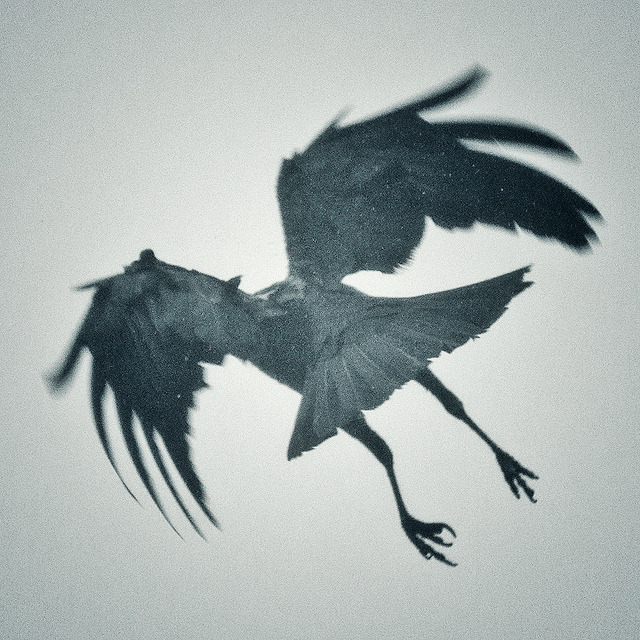
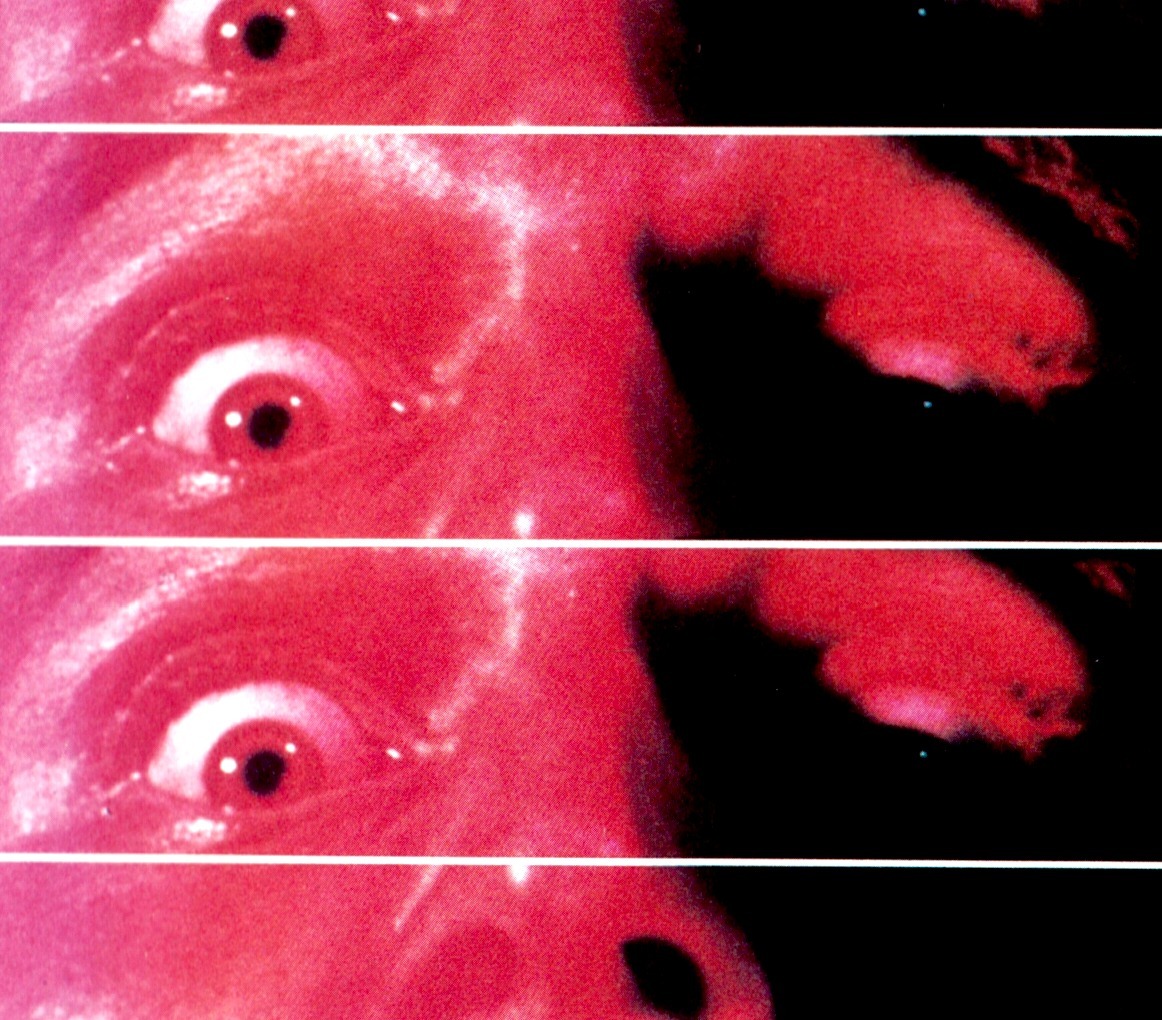
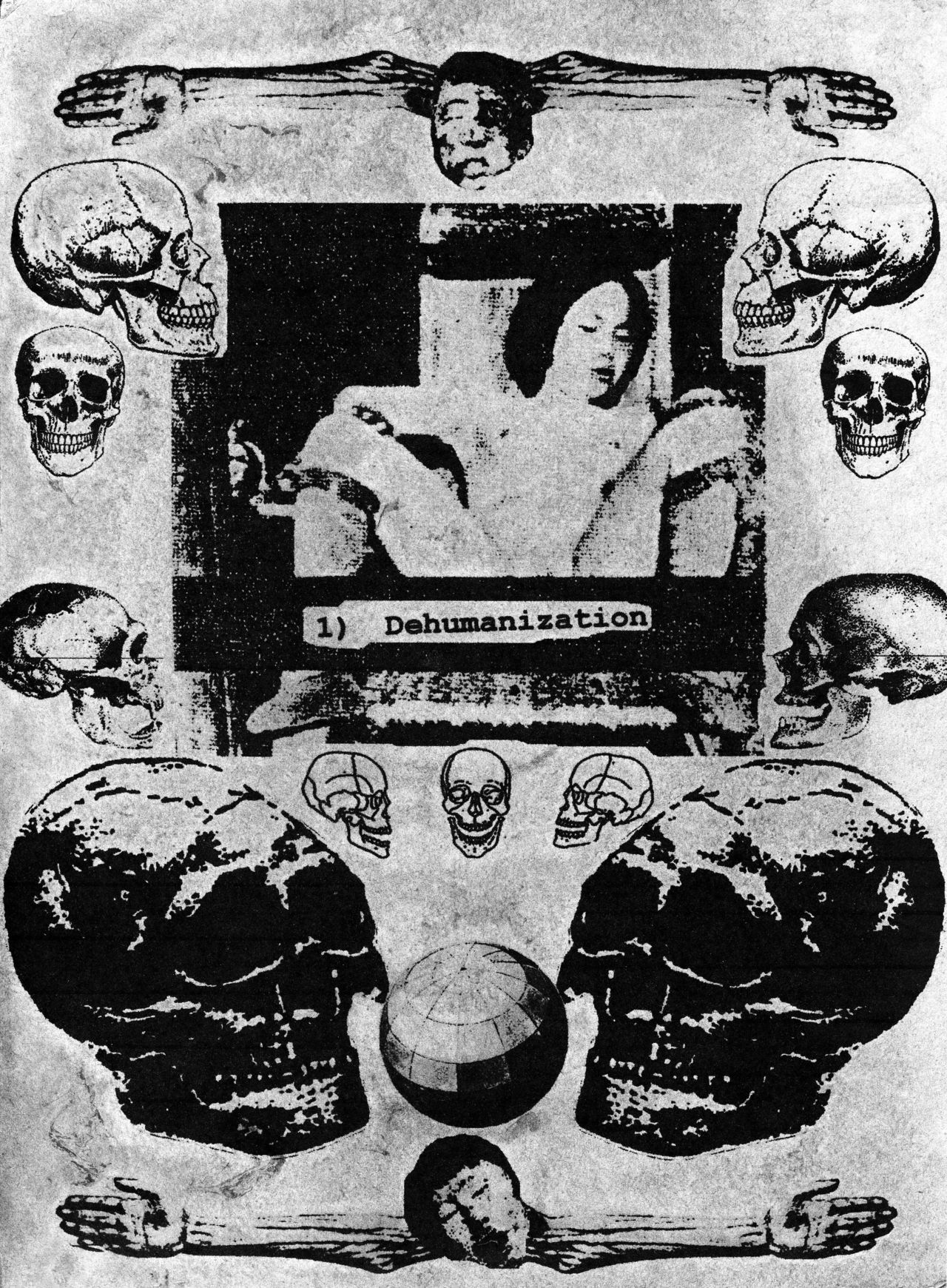

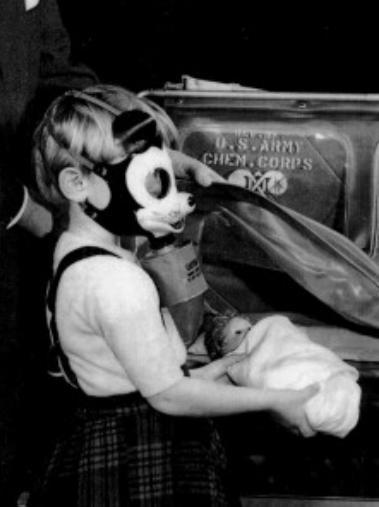
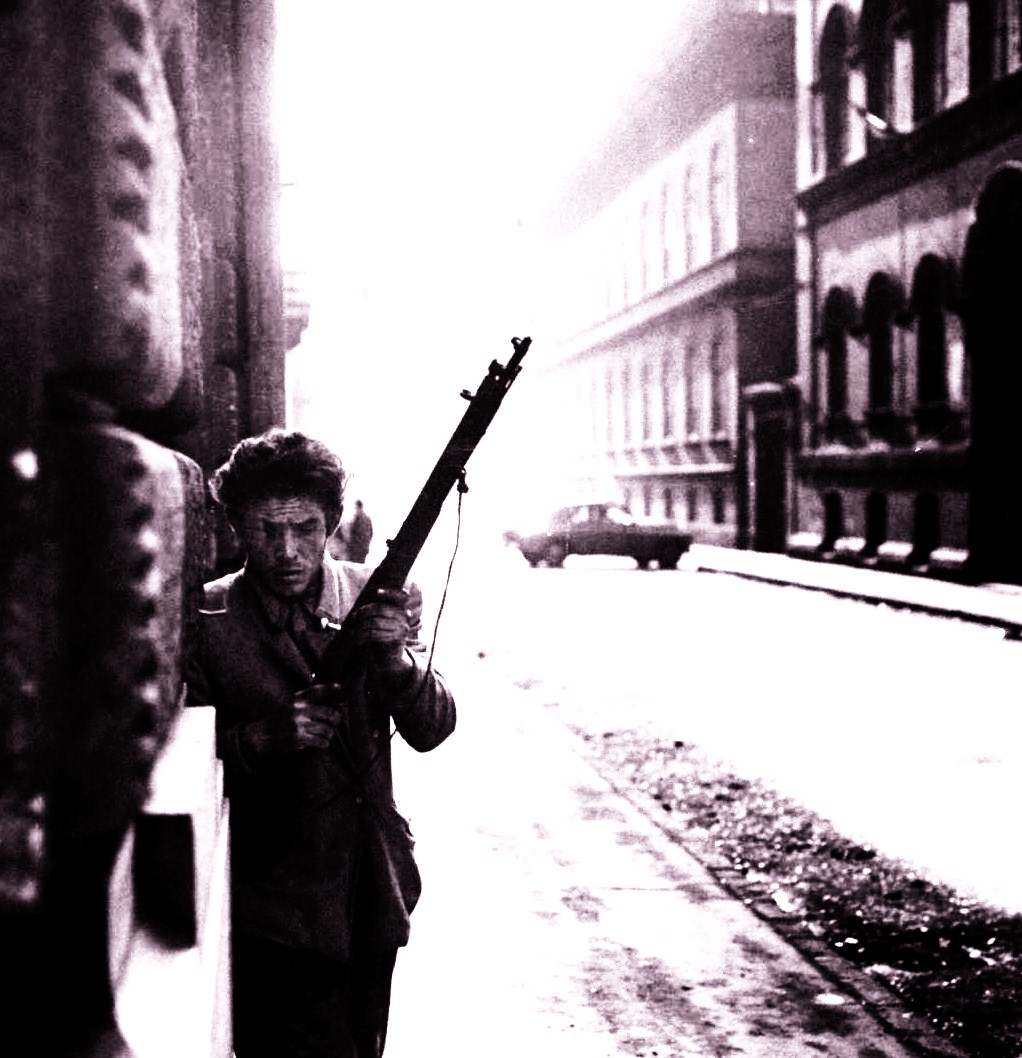
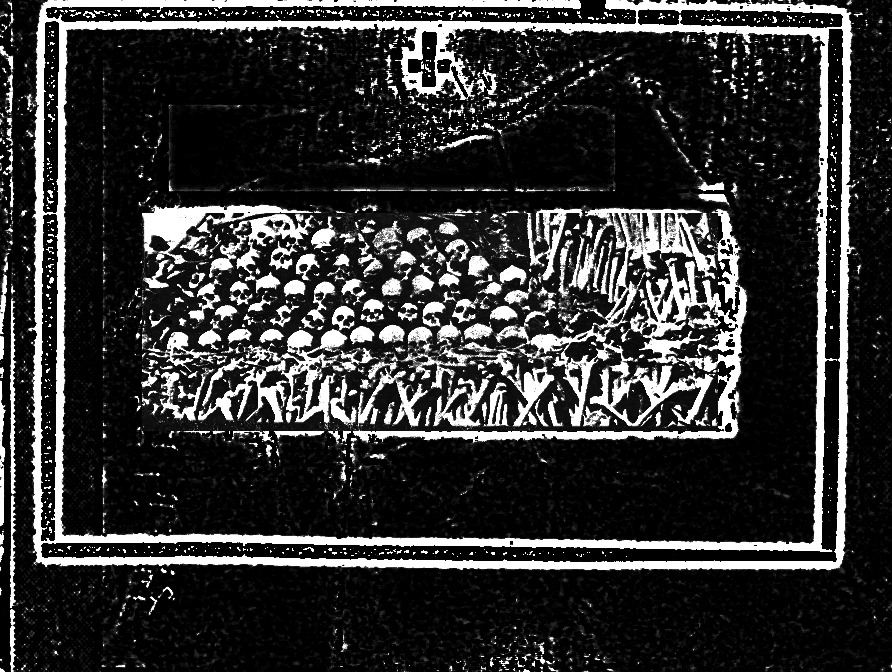
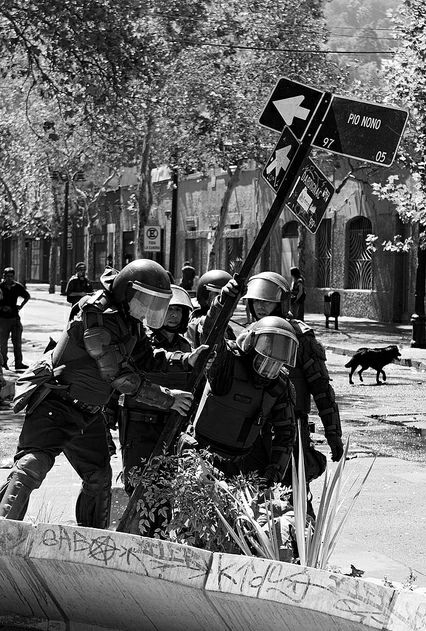
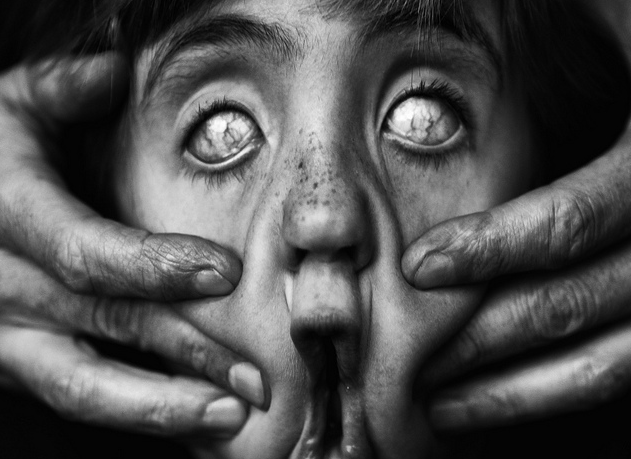

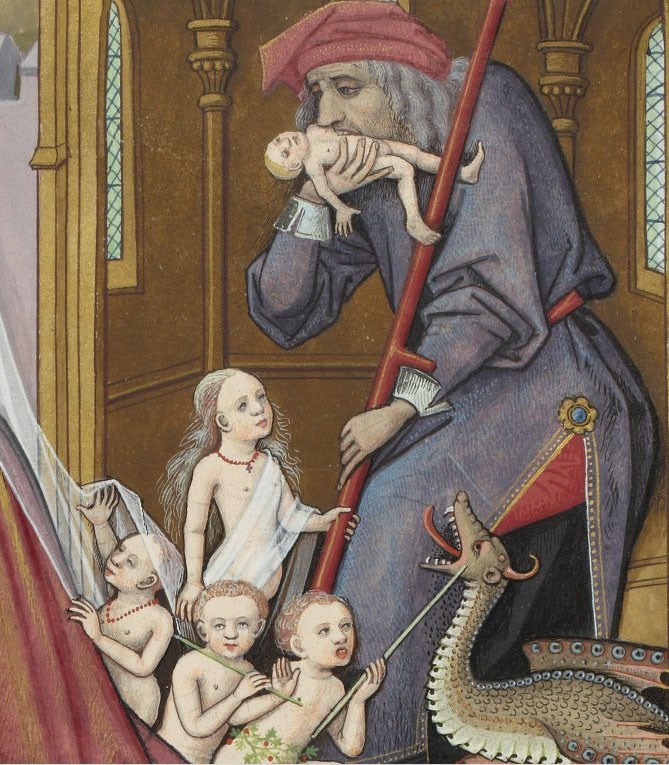
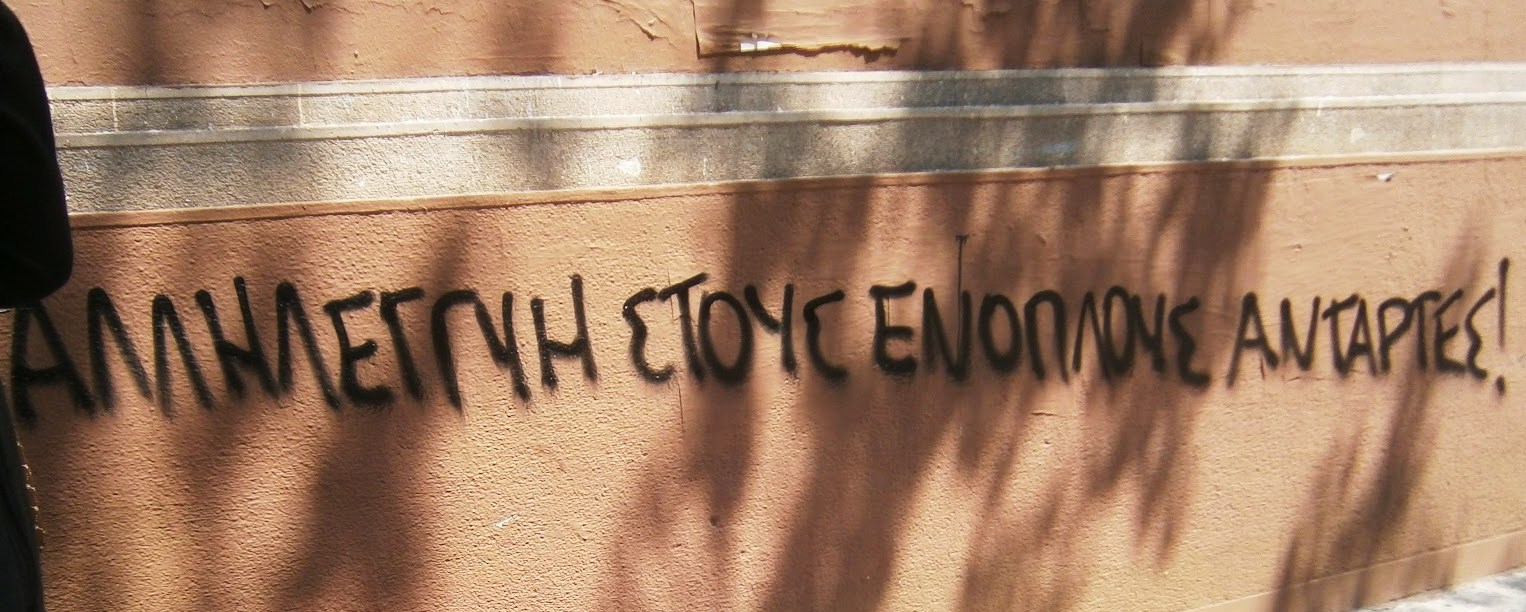

![Eurorepressione - Sulla conferenza a Den Haag sul tema "Anarchia" [corretto]](http://25.media.tumblr.com/tumblr_m0jvngOXtY1qa2163o1_1280.jpg)
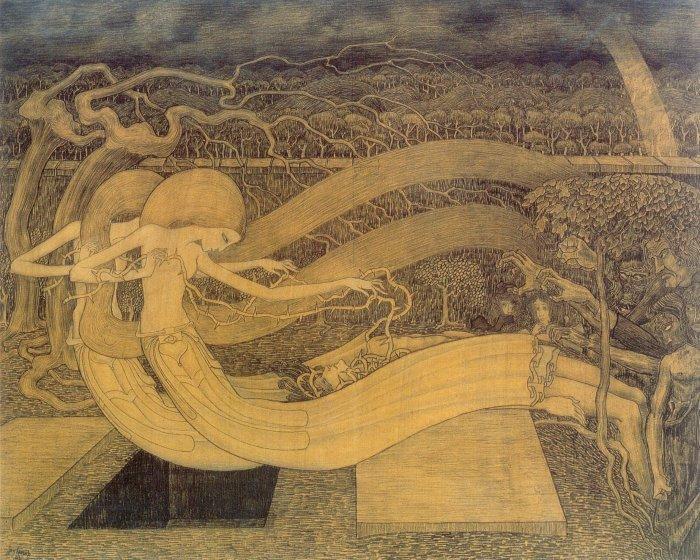
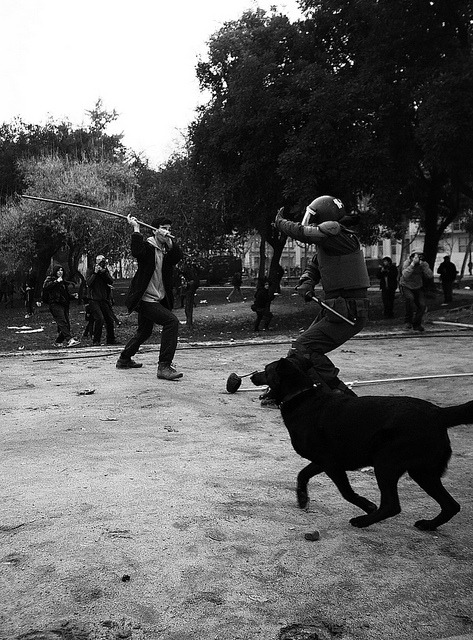
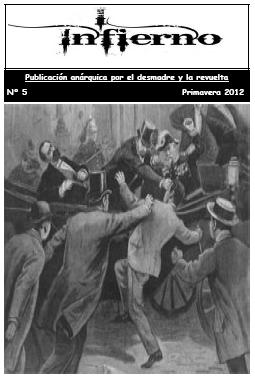
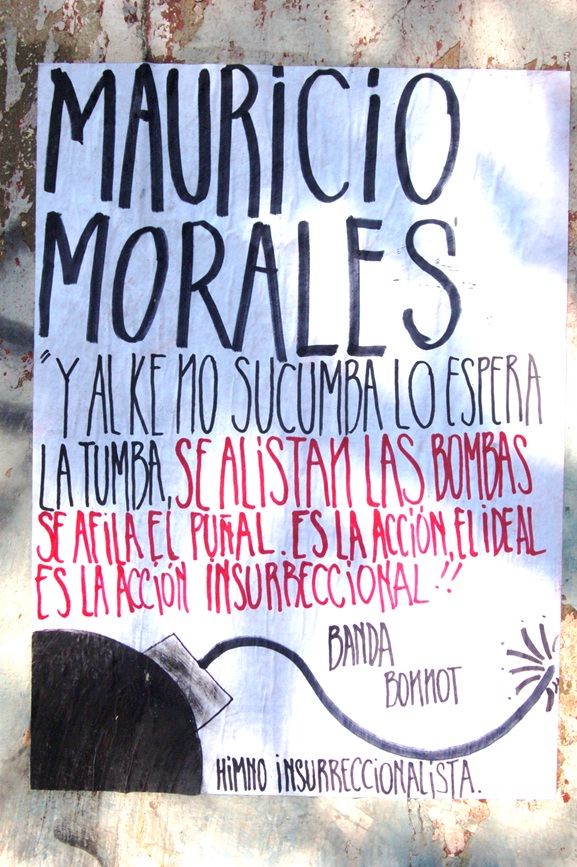
![A tres años de la Partida de Mauricio Morales: De la Memoria a la Calle [Stgo.]](http://metiendoruido.com/wp-content/uploads/2012/05/mmacividad.jpg)

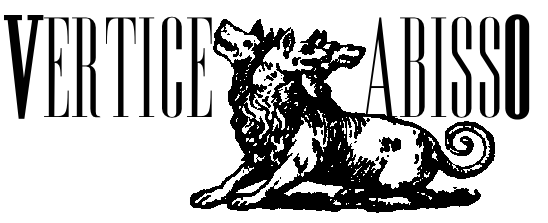


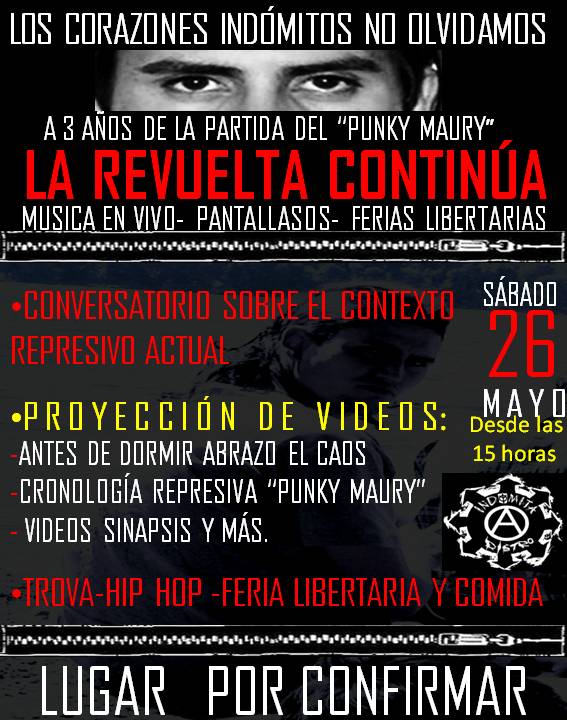
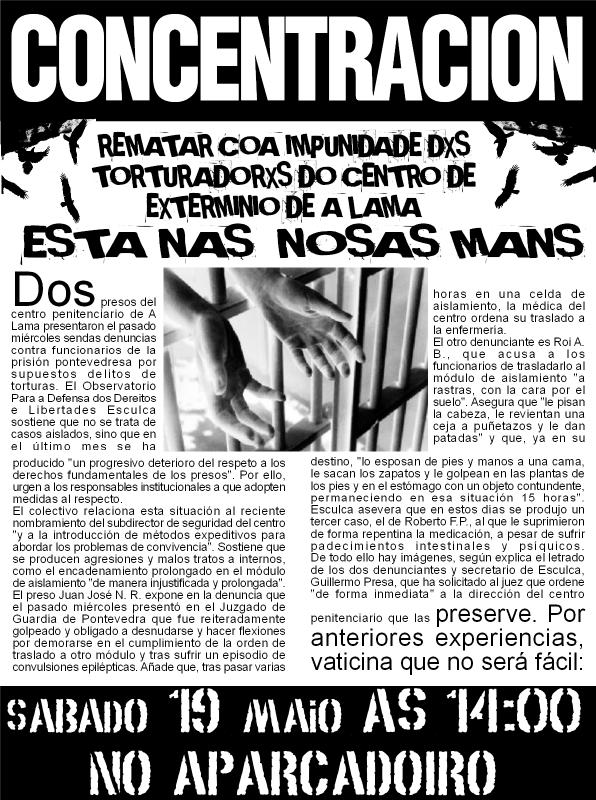

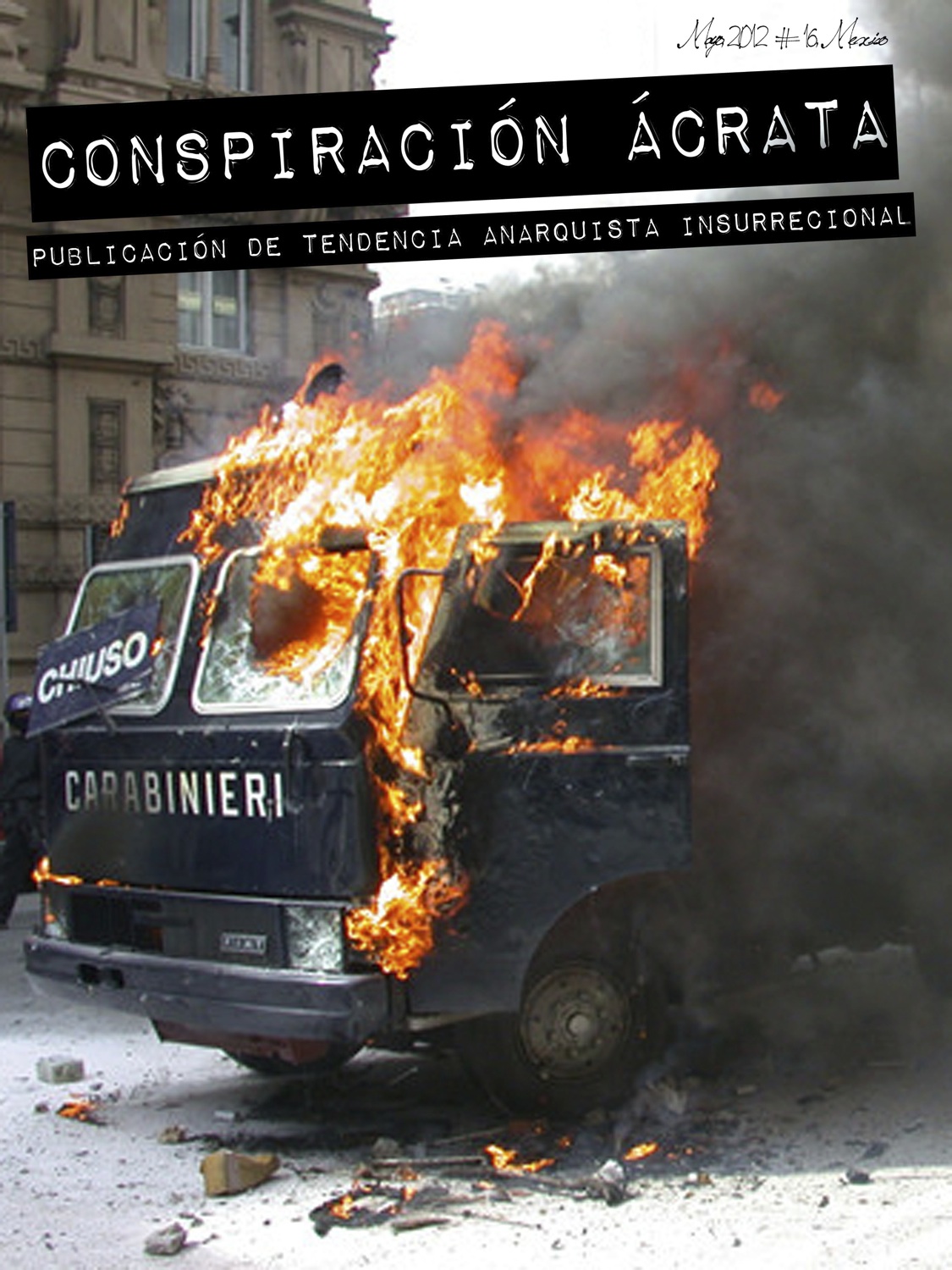

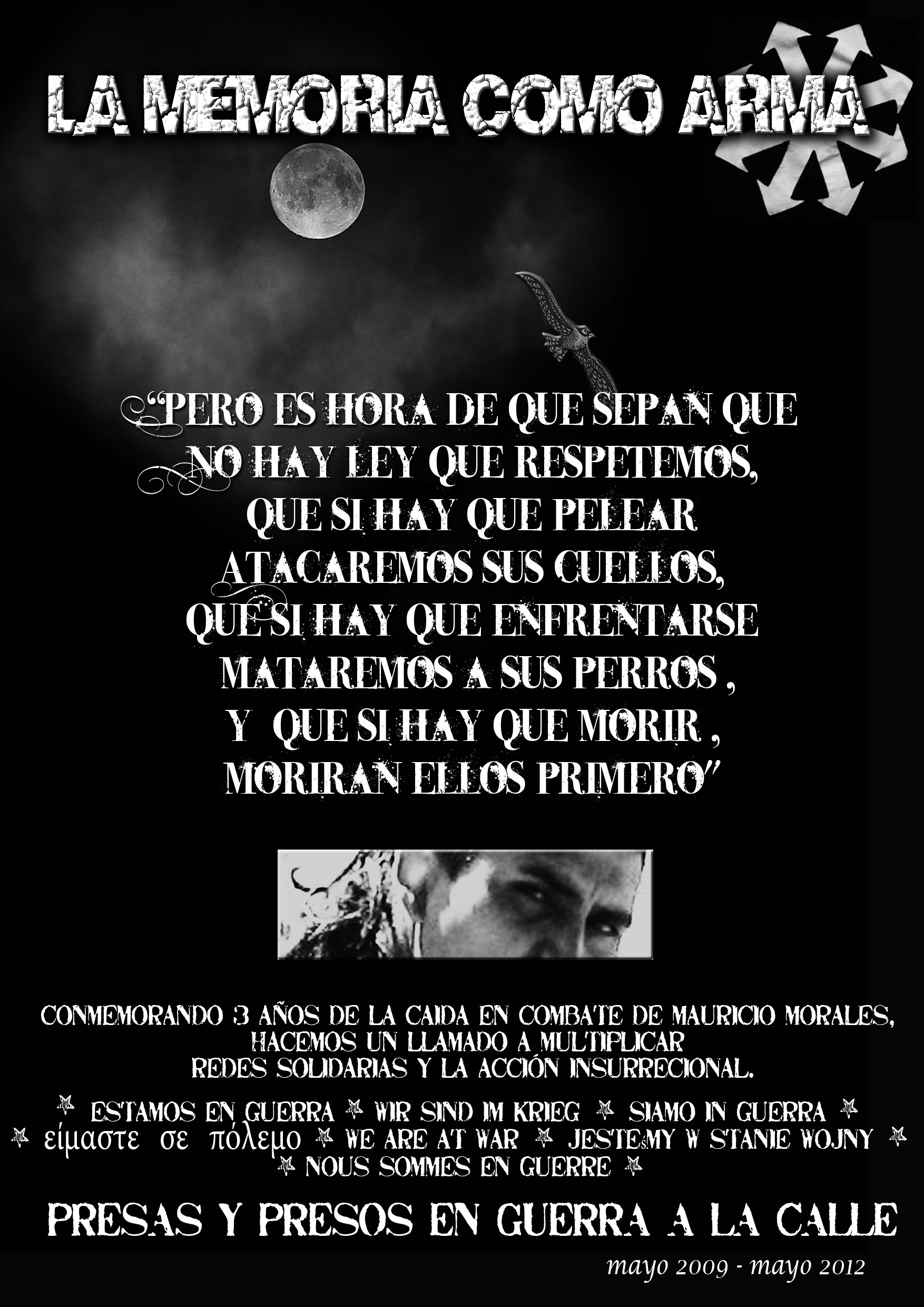
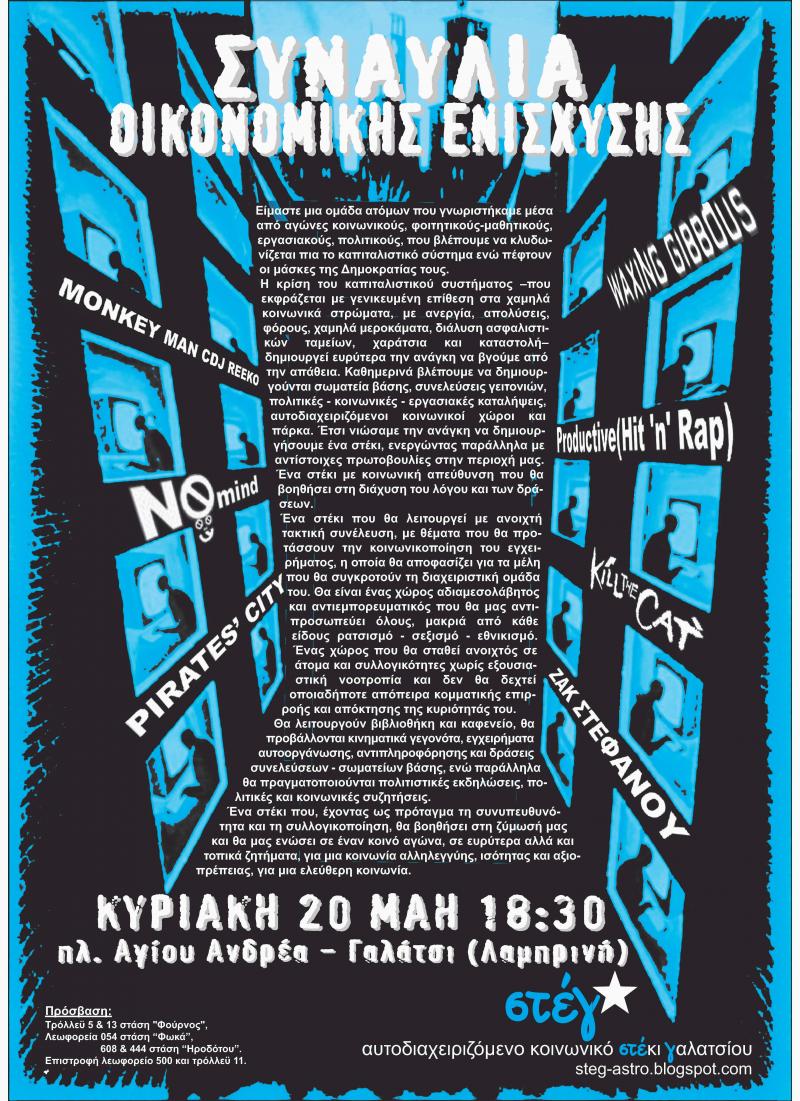








Nessun commento:
Posta un commento